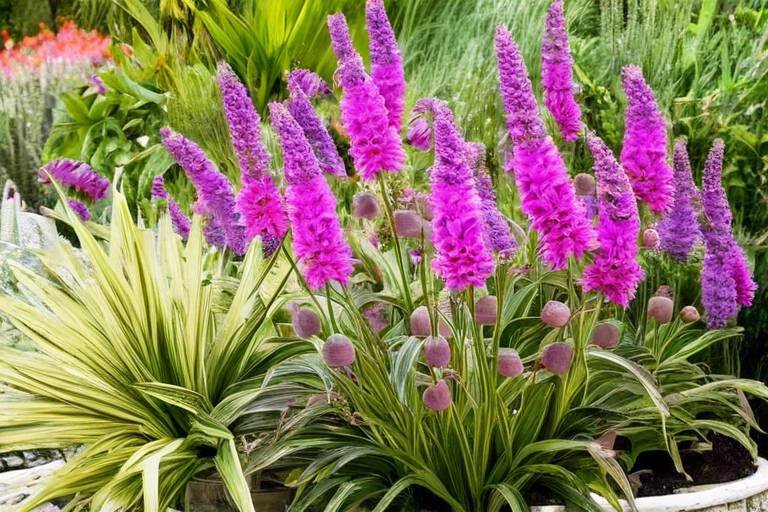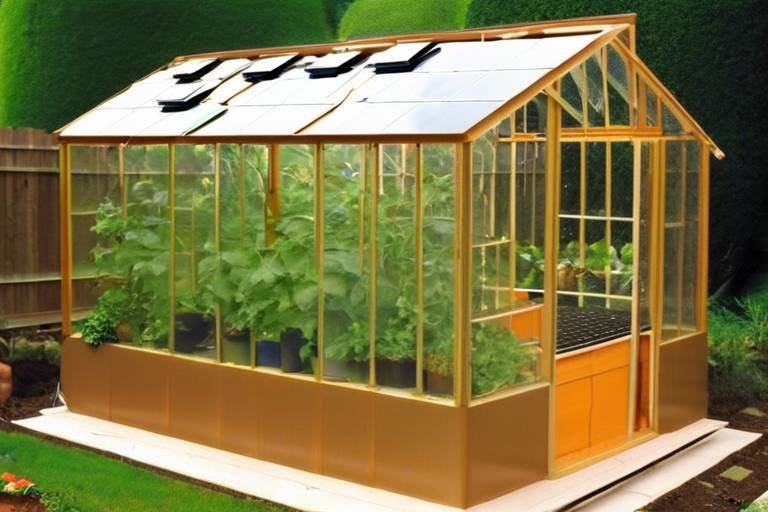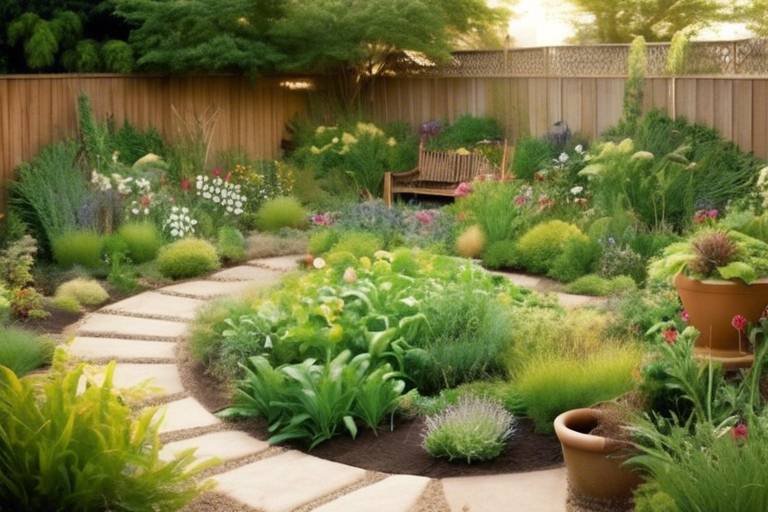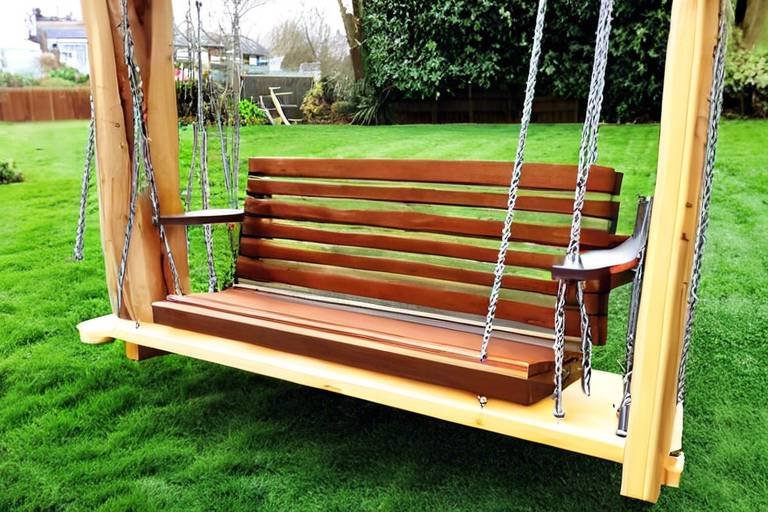Best Plants for a Coastal Garden That Thrives
When it comes to creating a thriving coastal garden, choosing the right plants is essential. The harsh conditions of coastal environments, including salty air, sandy soil, and strong winds, require resilient and adaptable vegetation. By selecting the best plants suited for coastal gardens, you can not only enhance the beauty of your outdoor space but also ensure the long-term health and vitality of your garden.
One of the key factors to consider when selecting plants for a coastal garden is their ability to tolerate salt. Salt-tolerant flowers such as seaside goldenrod and beach rose are excellent choices. These colorful blooms can withstand the salt spray and harsh conditions typical of coastal areas, adding vibrancy and charm to your garden landscape.
In addition to salt tolerance, drought resistance is another crucial trait to look for in coastal plants. Succulents like ice plants and agaves are perfect for dry coastal climates, as they store water in their fleshy leaves, reducing the need for frequent watering and maintenance. These low-maintenance plants not only survive in arid conditions but also thrive, adding a unique texture to your garden.
When it comes to trees for coastal gardens, prioritizing wind resilience is essential. Sturdy trees like coastal live oak and windmill palm are excellent choices, as they can withstand strong coastal winds while providing shade and beauty to your outdoor space. These trees not only enhance the aesthetic appeal of your garden but also offer protection from the elements.
For privacy and windbreaks in coastal gardens, dense shrubs like wax myrtle and oleander are highly recommended. These coastal shrubs not only create a barrier against strong winds but also provide seclusion and tranquility in your outdoor oasis. By strategically planting shrubs, you can create intimate spaces within your garden while enhancing its overall design.
Grasses play a vital role in coastal landscapes, especially in preventing soil erosion. Saltwater-tolerant grasses like seashore paspalum and beach oats are hardy options that thrive in sandy, salty conditions near the coast. These grasses not only help stabilize the soil but also add a lush green carpet to your garden, creating a visually appealing and functional outdoor environment.
Perennials are another excellent choice for coastal gardens, as they bloom year after year, adding color and texture to your outdoor space. Plants like sea lavender and beach aster are not only beautiful but also resilient, adapting to the unique conditions of coastal environments. By incorporating perennials into your garden design, you can enjoy a vibrant and ever-changing landscape throughout the seasons.
When it comes to herbs and vegetables, selecting varieties that thrive in coastal climates is key. Herbs like rosemary and vegetables like kale are well-suited for coastal gardens, offering fresh flavors and nutrition. These plants not only enhance the culinary experience but also contribute to the overall health and well-being of your garden ecosystem.
Lastly, ground cover plants are essential for erosion control in coastal areas. Options like beach strawberry and shore juniper help prevent soil erosion while adding beauty and texture to your garden. By spreading these ground cover plants strategically, you can create a cohesive and sustainable garden design that thrives in coastal conditions.
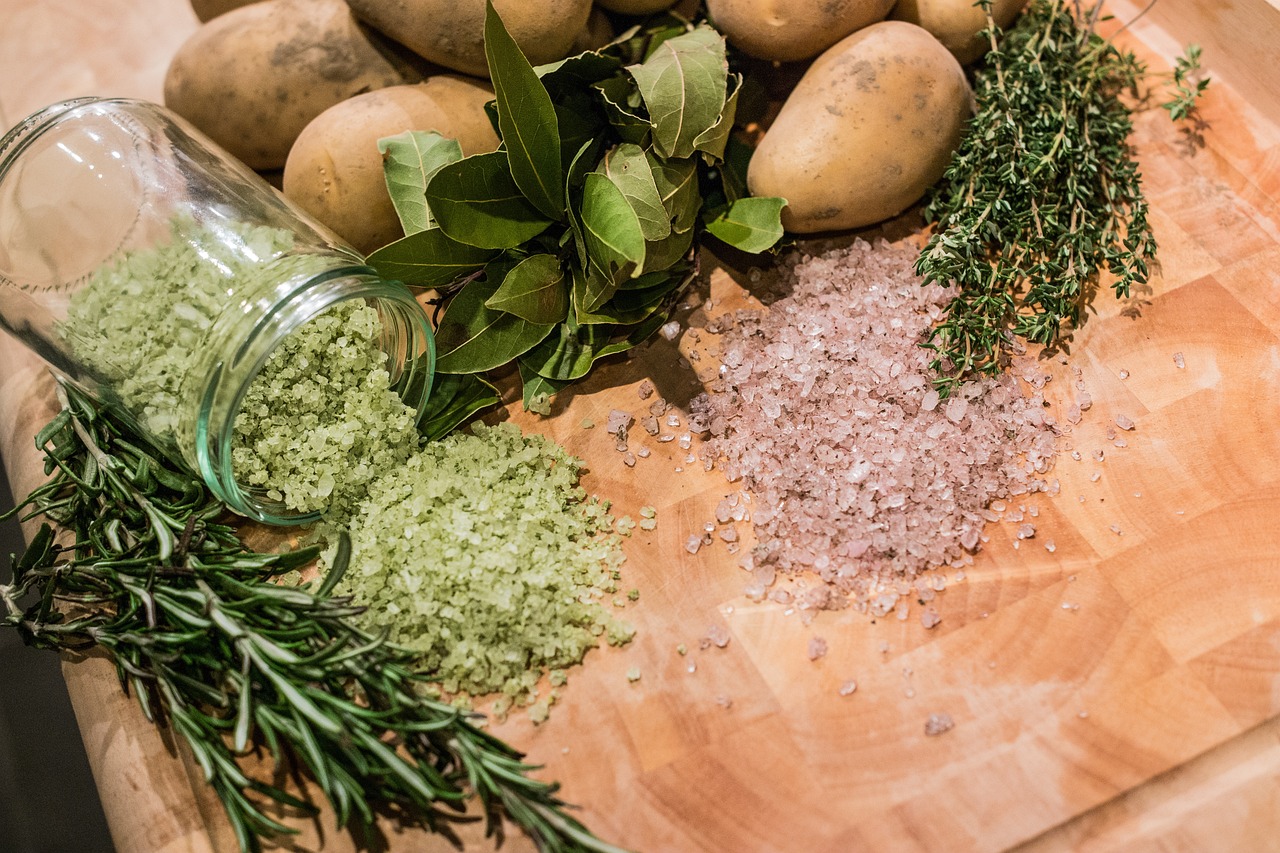
Salt-Tolerant Flowers
When it comes to coastal gardens, having can bring a burst of color and vibrancy to your outdoor space. These resilient blooms are not only beautiful but can also withstand the challenging conditions of salty air and harsh coastal environments.
One stunning option for salt-tolerant flowers is the seaside goldenrod. With its bright yellow blooms, this plant adds a pop of color to any coastal garden while thriving in salty conditions. Another excellent choice is the beach rose, known for its delicate pink petals and ability to withstand the salt spray near the coast.
These salt-tolerant flowers not only survive in coastal climates but also thrive, creating a picturesque and colorful oasis in your garden. Their resilience and beauty make them a must-have for any coastal landscape, adding a touch of elegance and charm to your outdoor space.
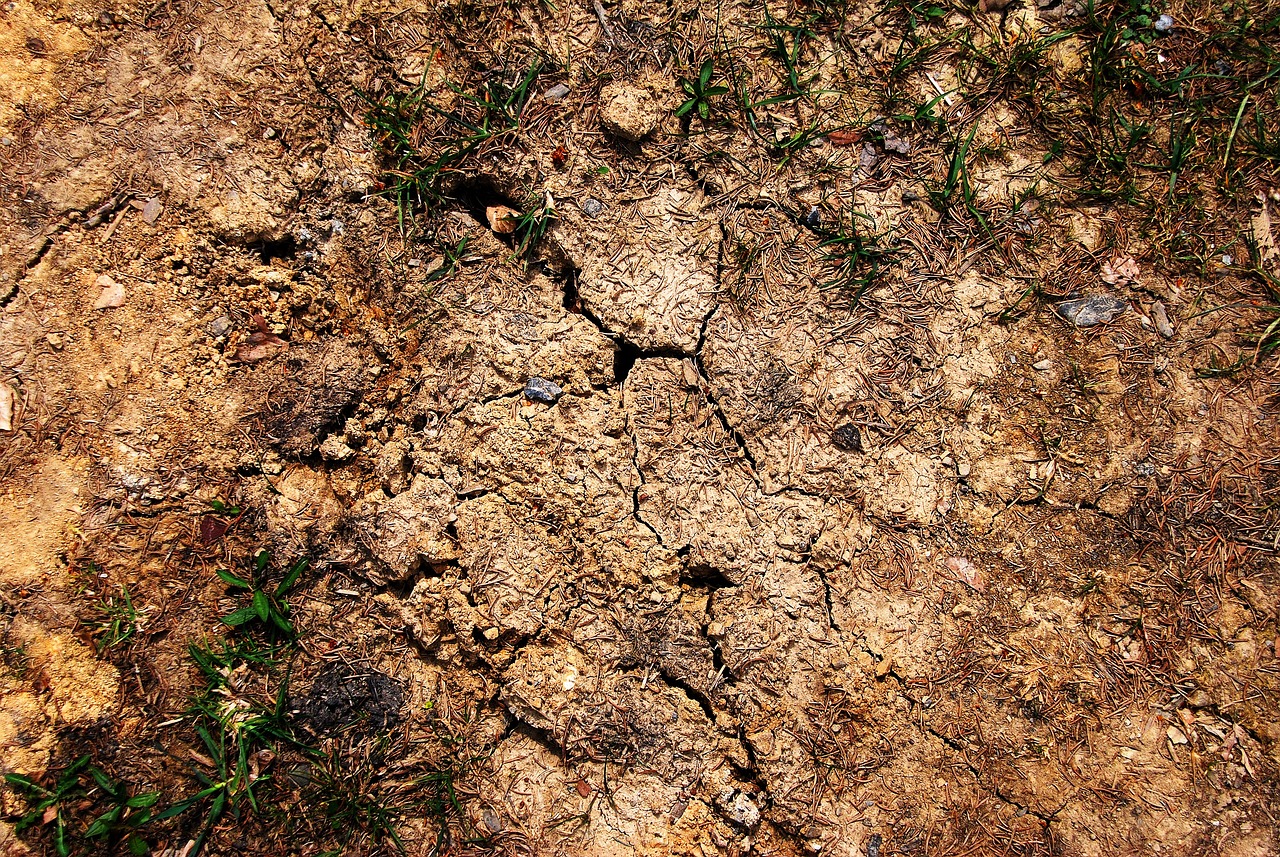
Drought-Resistant Succulents
Drought-Resistant Succulents are the superheroes of coastal gardens, with their ability to thrive in dry and arid conditions while still looking stunning. These plants, such as ice plants and agaves, have adapted to store water in their fleshy leaves, making them perfect for the water-scarce coastal climates. Imagine having a garden that not only survives but thrives in the face of drought, adding a touch of greenery and life to your coastal landscape.
Ice plants, also known as Delosperma, are a popular choice for coastal gardens due to their vibrant flowers and low water needs. These succulents create a colorful carpet of blooms, attracting pollinators and adding a pop of color to the sandy soil. Their ability to withstand drought conditions makes them a resilient choice for coastal gardeners looking for low-maintenance yet beautiful plants.
Agaves, with their striking rosette forms and spiky leaves, are another excellent option for coastal landscapes. These succulents come in various sizes and shapes, adding architectural interest to your garden. Their ability to store water in their leaves allows them to survive prolonged periods of drought, making them a reliable choice for coastal areas with limited water resources.
Imagine a garden filled with these drought-resistant succulents, creating a picturesque oasis in the midst of the coastal winds and salty air. Not only do they require minimal care and attention, but they also contribute to the overall beauty and resilience of your coastal garden.
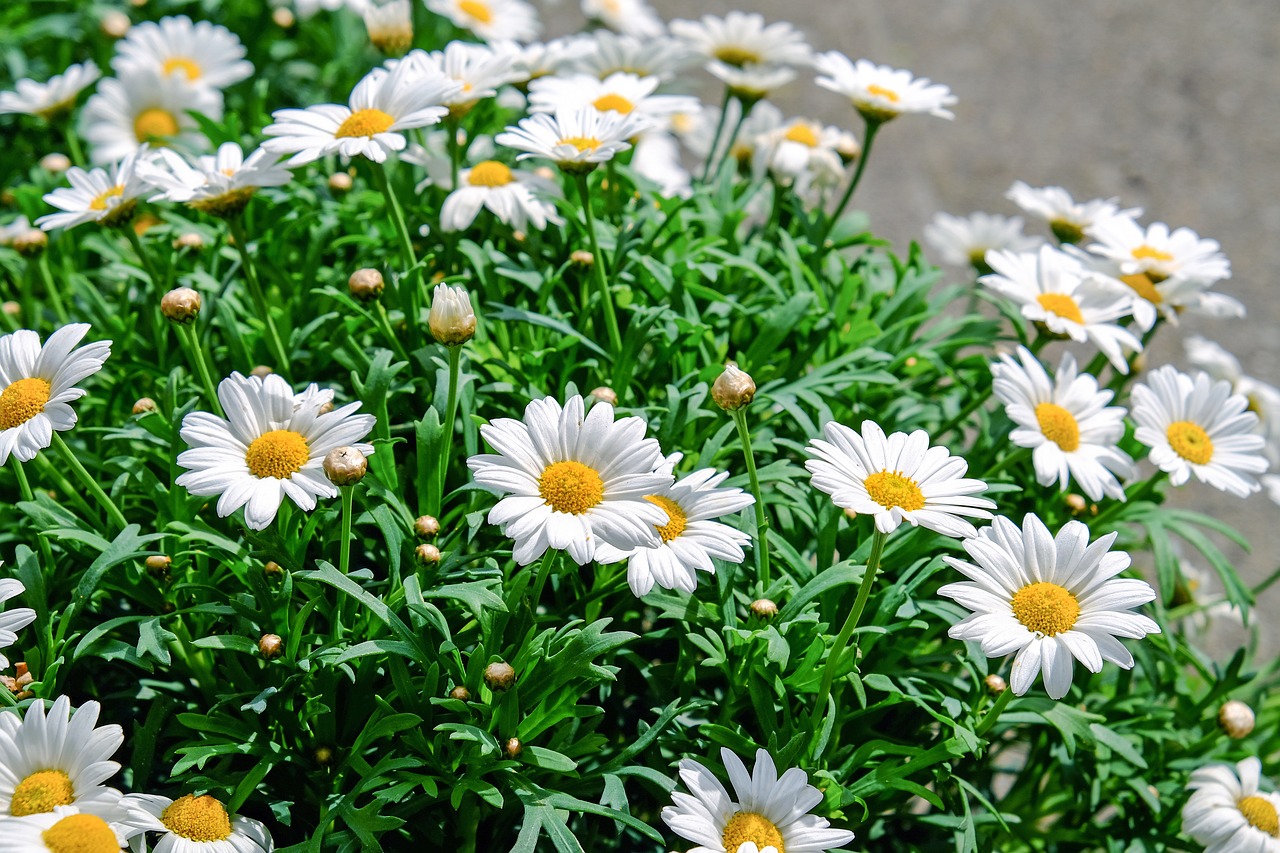
Wind-Resilient Trees
Discover a variety of plant options suitable for coastal gardens, thriving in salty air, sandy soil, and strong winds. These plants are resilient and beautiful additions to any coastal landscape.
Explore colorful blooms like seaside goldenrod and beach rose that can withstand the salt spray and harsh conditions of coastal environments.
Learn about low-maintenance succulents such as ice plants and agaves that store water in their leaves, perfect for dry coastal climates.
Discover sturdy trees like coastal live oak and windmill palm that can withstand strong coastal winds while adding beauty and shade to your garden.
Find out about dense shrubs such as wax myrtle and oleander that provide privacy and windbreaks in coastal gardens.
Explore options like seashore paspalum and beach oats, which are hardy grasses that thrive in sandy, salty conditions near the coast.
Learn about perennial plants like sea lavender and beach aster that bloom year after year, adding color and texture to your coastal garden.
Discover herbs like rosemary and vegetables like kale that can thrive in the unique conditions of coastal gardens, providing fresh flavors and nutrition.
Explore ground cover plants such as beach strawberry and shore juniper that help prevent soil erosion in coastal areas while adding beauty to your garden.
When it comes to coastal gardens, having trees that can withstand strong winds is essential. Wind-resilient trees like coastal live oak and windmill palm not only provide beauty and shade but also act as natural windbreaks, protecting your garden from the harsh coastal breezes. These trees have deep root systems that anchor them securely in the ground, ensuring they stay upright even during storms. Their sturdy trunks and flexible branches are designed to sway with the wind, preventing breakage and damage. With their resilience and grace, wind-resilient trees are a must-have for any coastal garden.
Q: Can all plants survive in coastal environments?
A: Not all plants can thrive in coastal conditions due to the salt spray, sandy soil, and strong winds. It's essential to choose salt-tolerant and wind-resilient plants for a successful coastal garden.
Q: Do coastal gardens require special care?
A: Coastal gardens do require some special care, such as regular rinsing of plants to remove salt buildup and providing wind protection for delicate species.
Q: How can I prevent soil erosion in my coastal garden?
A: Using ground cover plants and mulching can help prevent soil erosion in coastal gardens. These plants help stabilize the soil and reduce the impact of wind and water erosion.
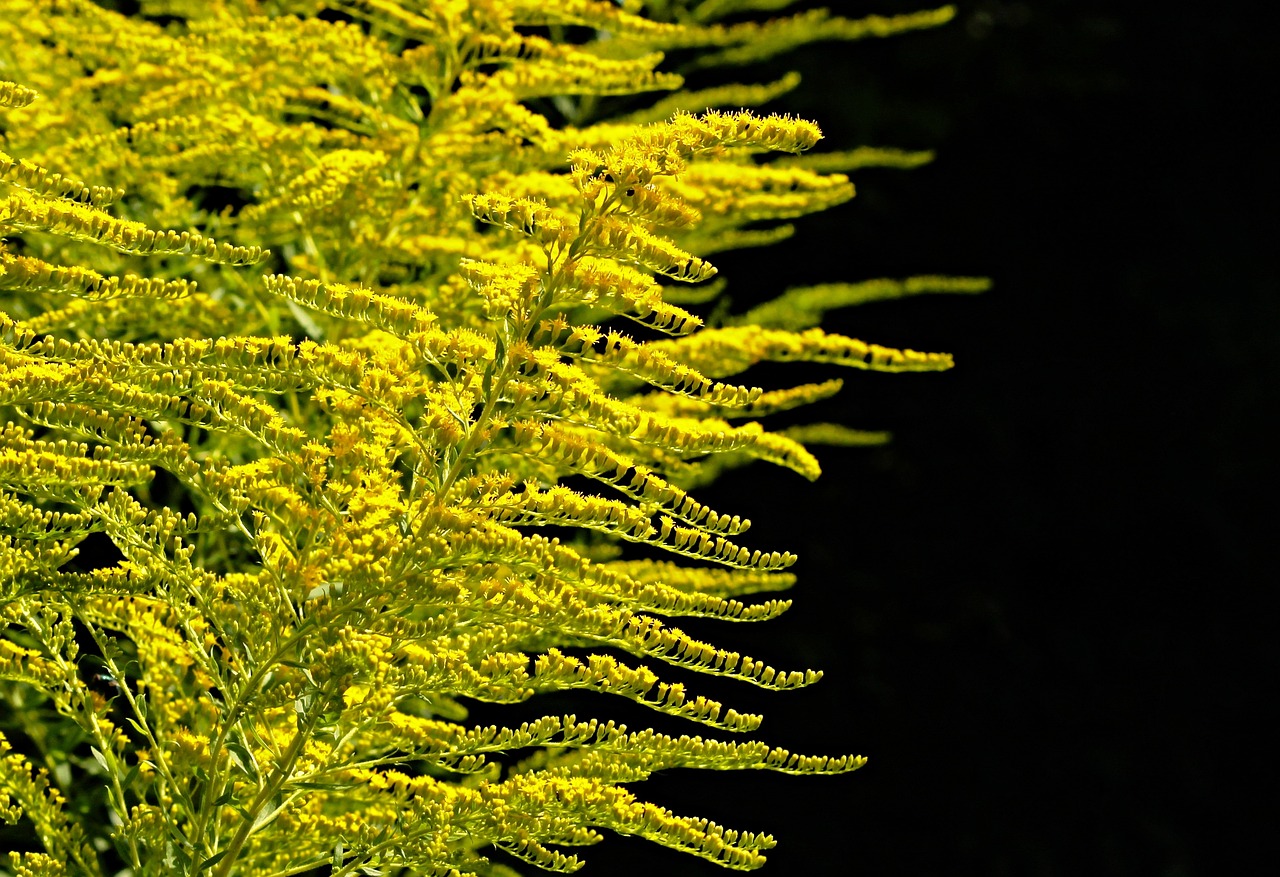
Coastal Shrubs for Privacy
When it comes to creating privacy and windbreaks in coastal gardens, coastal shrubs play a vital role. These dense and resilient plants not only provide seclusion but also add a touch of natural beauty to your outdoor space. Two popular options for coastal shrubs that excel in privacy and wind resistance are wax myrtle and oleander.
Wax myrtle is a versatile shrub that can thrive in various coastal conditions. With its dense foliage and fast growth rate, wax myrtle makes an excellent privacy screen. Its aromatic leaves also repel insects, adding a functional aspect to its ornamental value. Additionally, wax myrtle is salt-tolerant, making it ideal for coastal gardens where salty air is prominent.
Oleander, known for its vibrant blooms and evergreen nature, is another top choice for coastal privacy. This shrub features thick, leathery leaves and colorful flowers that attract butterflies and hummingbirds. Oleander is drought-tolerant once established, making it suitable for dry coastal climates. However, it's essential to note that all parts of the oleander plant are toxic if ingested, so caution should be exercised, especially around children and pets.
Both wax myrtle and oleander can be pruned to maintain their desired height and shape, allowing you to customize your privacy screen according to your preferences. These coastal shrubs not only offer seclusion but also contribute to the overall ecosystem of your garden by providing shelter for wildlife and creating a microclimate that supports other plant species.
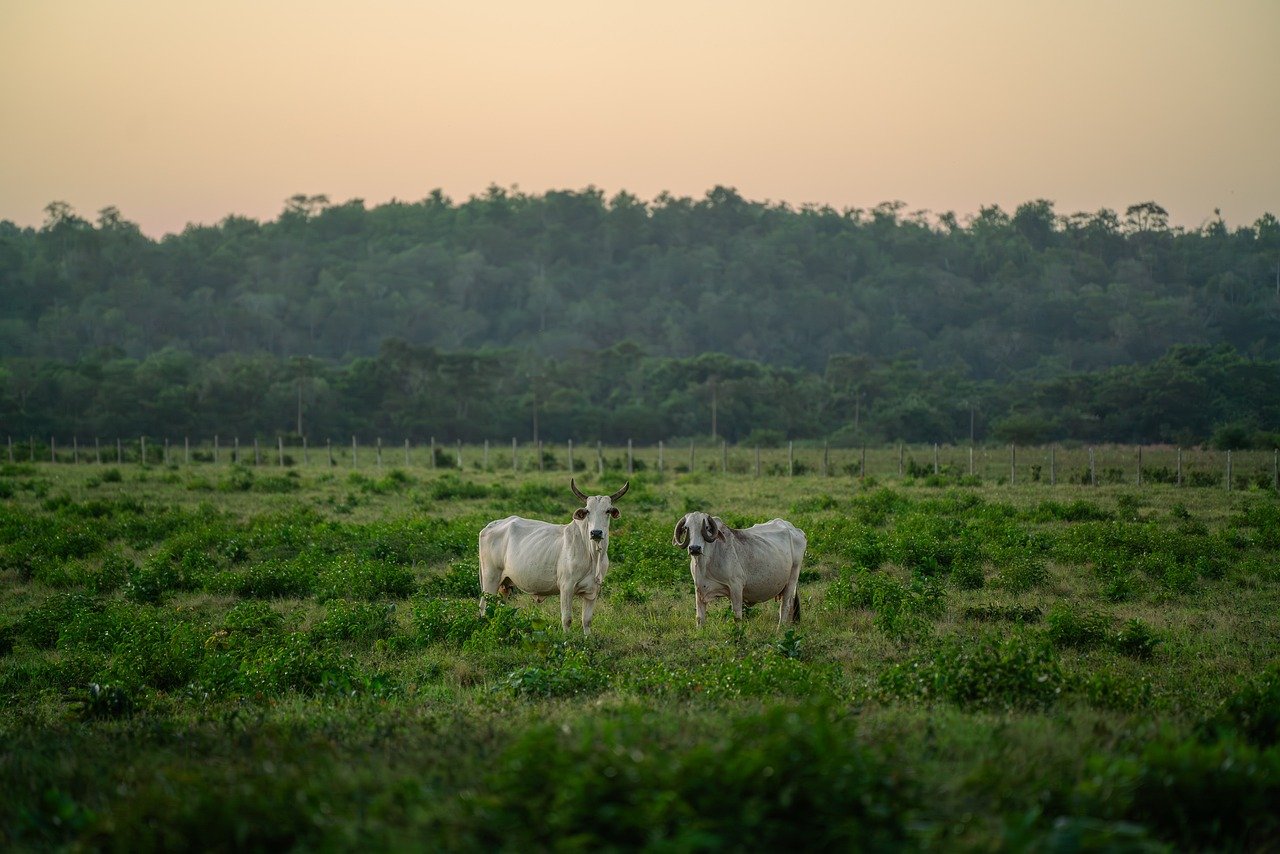
Saltwater-Tolerant Grasses
Saltwater-tolerant grasses are essential for coastal gardens due to their ability to thrive in sandy, salty conditions near the coast. These hardy grasses not only add a touch of green to your landscape but also help prevent soil erosion, making them both functional and visually appealing.
One excellent option for saltwater-tolerant grass is seashore paspalum. This grass species is well-adapted to coastal environments and can withstand high salinity levels in the soil. Its lush green blades provide a beautiful contrast to the sandy backdrop of the coast.
Another popular choice is beach oats, known for its resilience in salty and windy conditions. This grass forms dense clumps that help stabilize the soil, making it ideal for areas prone to erosion. Its delicate seed heads sway gracefully in the coastal breeze, adding a sense of movement to your garden.
When considering saltwater-tolerant grasses for your coastal garden, it's essential to choose varieties that not only survive but also thrive in the challenging coastal environment. These grasses not only enhance the beauty of your landscape but also contribute to its overall health and sustainability.
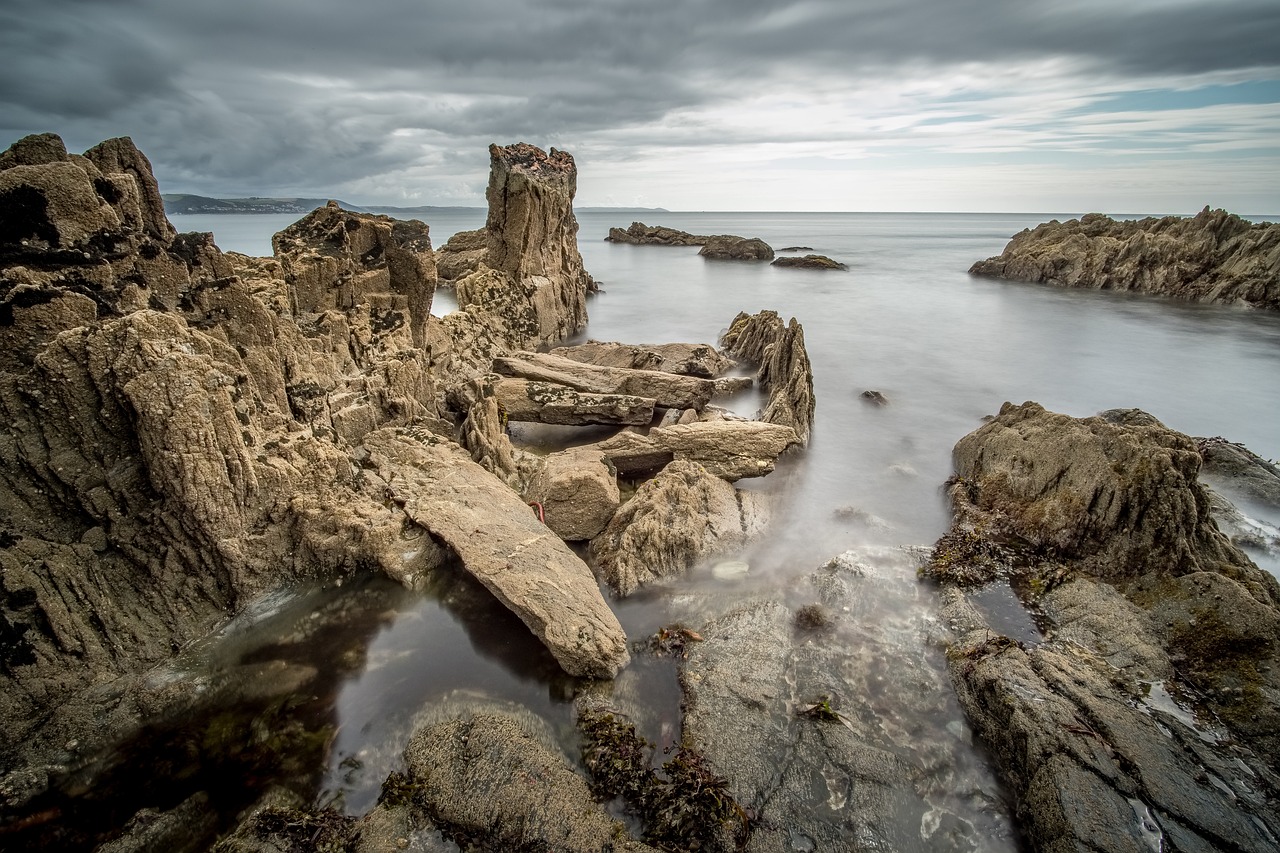
Perennials for Coastal Beauty
When it comes to creating a beautiful coastal garden that thrives year after year, perennials play a crucial role. These hardy plants not only add vibrant colors and textures but also withstand the challenging conditions of coastal environments. Sea lavender, also known as Limonium, is a popular perennial choice for coastal beauty. Its delicate purple flowers and silvery foliage bring a touch of elegance to seaside gardens. Beach aster, with its daisy-like blooms in shades of white, pink, and purple, is another stunning perennial that thrives in coastal climates. These resilient plants not only survive but also thrive, enhancing the natural beauty of your coastal landscape.
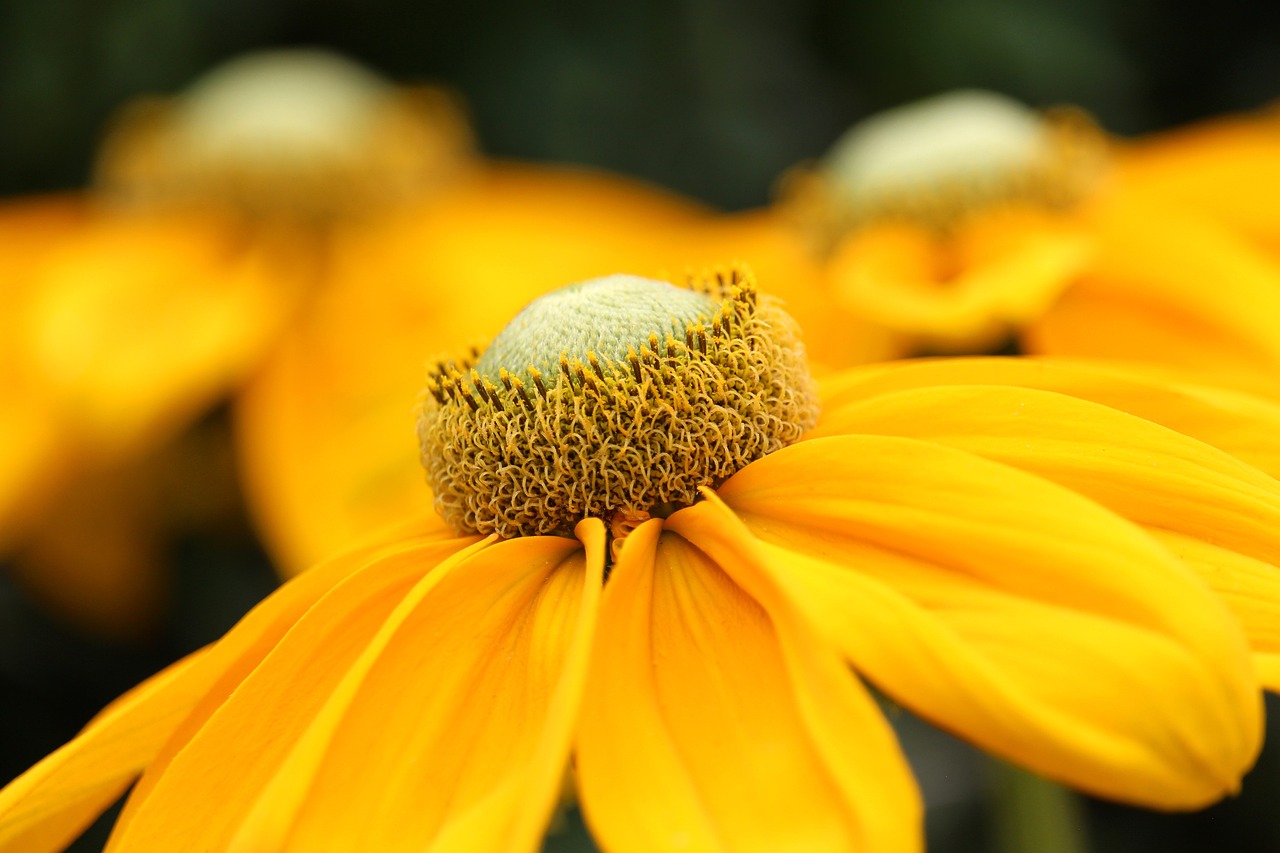
Herbs and Vegetables for Coastal Climates
When it comes to coastal climates, selecting the right herbs and vegetables for your garden is essential for thriving in the unique conditions near the sea. Herbs like rosemary are not only flavorful additions to your dishes but also resilient in coastal environments. Their woody stems and aromatic leaves can withstand the salty air and sandy soil, making them a perfect choice for coastal gardens.
Additionally, vegetables such as kale are excellent choices for coastal climates. Known for their hardiness and nutrient-rich leaves, kale can tolerate the challenging conditions of coastal areas while providing you with fresh and healthy greens. Whether you enjoy them in salads, smoothies, or cooked dishes, kale is a versatile vegetable that can thrive in your coastal garden.
When planning your herb and vegetable garden in a coastal climate, consider the importance of proper soil preparation and drainage. Sandy soil common in coastal areas drains quickly, so adding organic matter like compost can improve moisture retention and nutrient levels for your plants. Raised beds or containers can also be beneficial for controlling soil quality and drainage in coastal gardens.
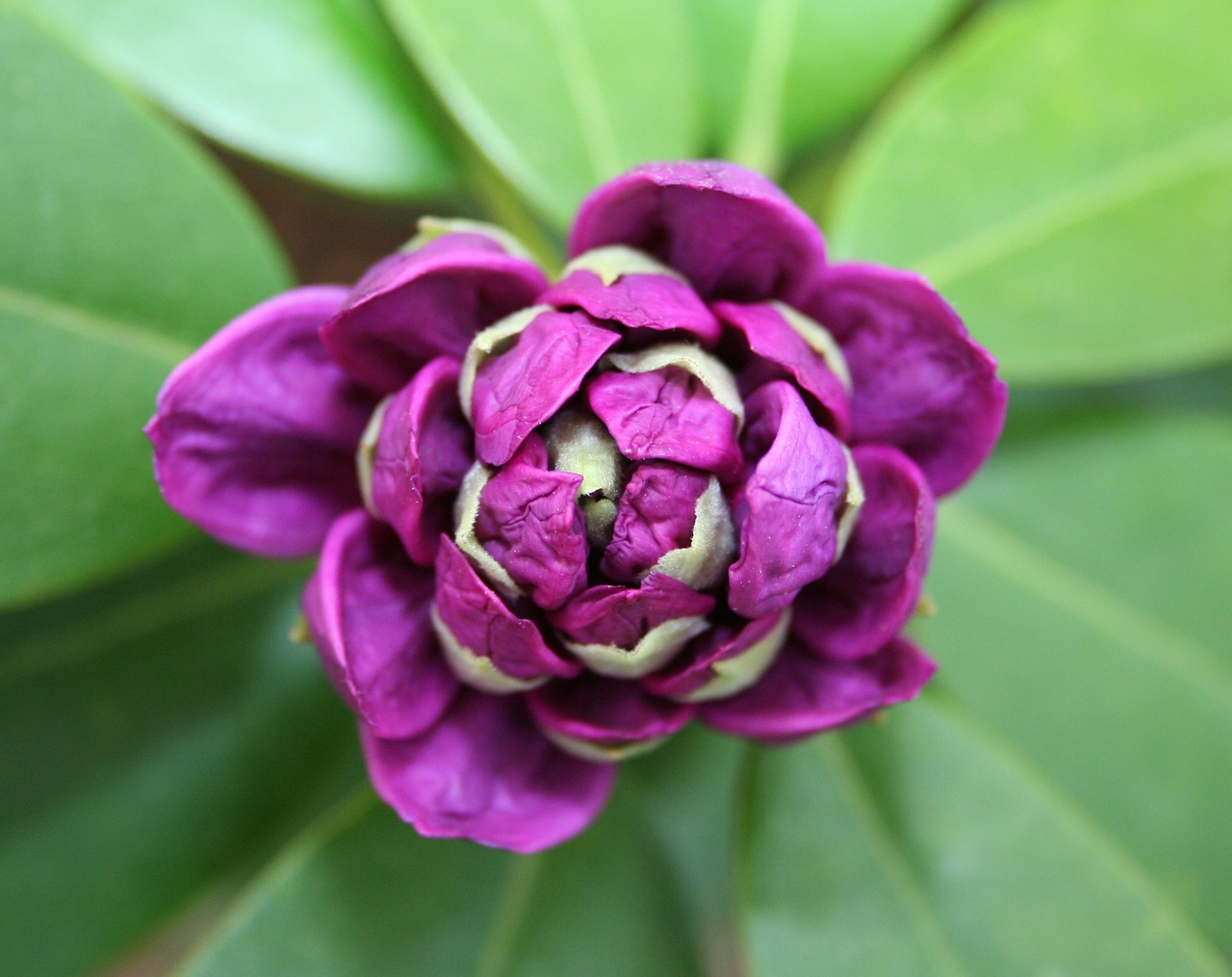
Ground Covers for Erosion Control
When it comes to maintaining the stability of your coastal garden and preventing soil erosion, selecting the right ground cover plants is crucial. These plants not only add a layer of protection to the soil but also enhance the overall aesthetic appeal of your garden. One excellent option for erosion control is the hardy beach strawberry (Fragaria chiloensis). This low-growing perennial plant forms a dense mat of foliage that effectively holds the soil in place, especially on slopes or areas prone to erosion. Its delicate white flowers and small, flavorful strawberries are an added bonus, attracting pollinators and providing a tasty treat.
Another fantastic choice for erosion control in coastal areas is the shore juniper (Juniperus conferta). This evergreen shrub boasts a spreading habit, creating a thick carpet of foliage that not only prevents soil erosion but also adds texture and color to your garden. Shore juniper is highly adaptable to various soil types and thrives in coastal conditions, making it a reliable option for areas with high winds and salt exposure.
Utilizing a combination of ground cover plants like beach strawberry and shore juniper can significantly reduce the impact of erosion in your coastal garden. These plants work together to create a protective barrier against the elements, ensuring the long-term health and beauty of your landscape. By strategically planting these erosion-control species, you can enjoy a lush and stable garden that withstands the challenges of coastal environments.
Frequently Asked Questions
- What are the best plants for a coastal garden?
There are several types of plants that thrive in coastal environments, including salt-tolerant flowers like seaside goldenrod and beach rose, drought-resistant succulents like ice plants and agaves, wind-resilient trees such as coastal live oak and windmill palm, coastal shrubs like wax myrtle and oleander for privacy, saltwater-tolerant grasses like seashore paspalum and beach oats, perennials like sea lavender and beach aster, herbs like rosemary, and vegetables like kale, as well as ground covers like beach strawberry and shore juniper for erosion control.
- How do salt-tolerant plants survive in coastal gardens?
Salt-tolerant plants have adapted mechanisms to cope with the salty air and soil in coastal areas. They can filter out excess salt, store it in specific cells, or excrete it through their leaves. This adaptation allows them to thrive in conditions that would be harmful to other plants, making them ideal choices for coastal gardens.
- What are the benefits of using drought-resistant succulents in coastal gardens?
Drought-resistant succulents like ice plants and agaves are excellent choices for coastal gardens due to their ability to store water in their fleshy leaves. This water storage mechanism allows them to survive in dry, arid conditions common in coastal areas. Additionally, succulents are low-maintenance plants that add unique textures and shapes to garden landscapes.

